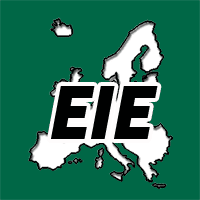eLearning Quality Fields

The use of eLearning and Distance Learning is increasing and plays a more and more important role in the teaching environment. Here are some quality characteristics of eLearning (focusing on the learner):

- Learning goal: What does the learner want to learn?
- Learning motivation: Why does the learner want to learn?
- Learning setting: Activities surrounding the learning object
- Time: How much time does the learner have to learn?
- Culture and language: Learners are in a multi-cultural context as well in a multilingual environment (especial in Europe)
- Educational level: Age and learning background of the learners
- Accessibility: Access for all (also disabled of handicapped people; in Germany called barrier-free access).
The images show a teaching situation where the motivation of the students is not-existing and the eLearning (in a face to face environment) fails …



